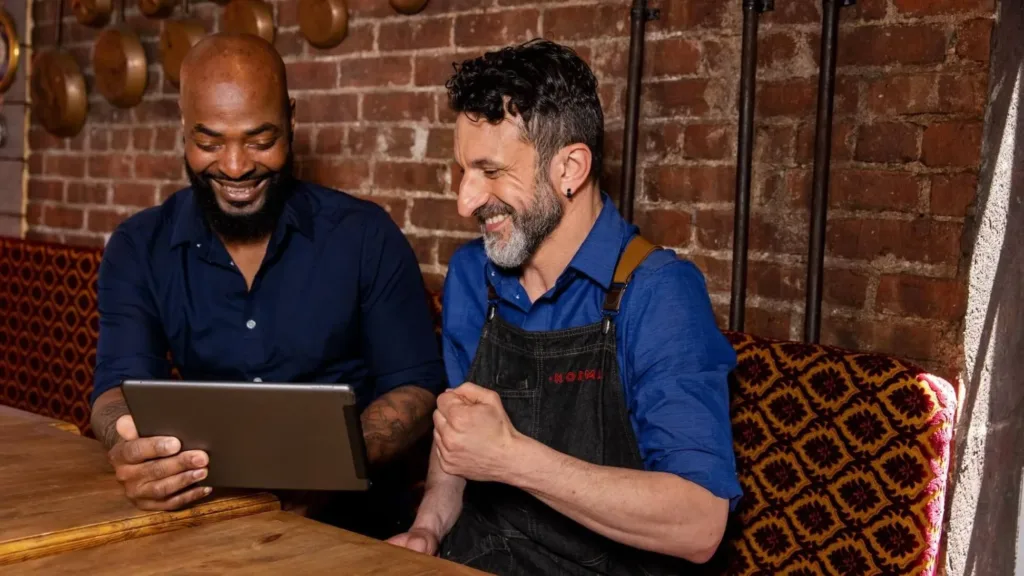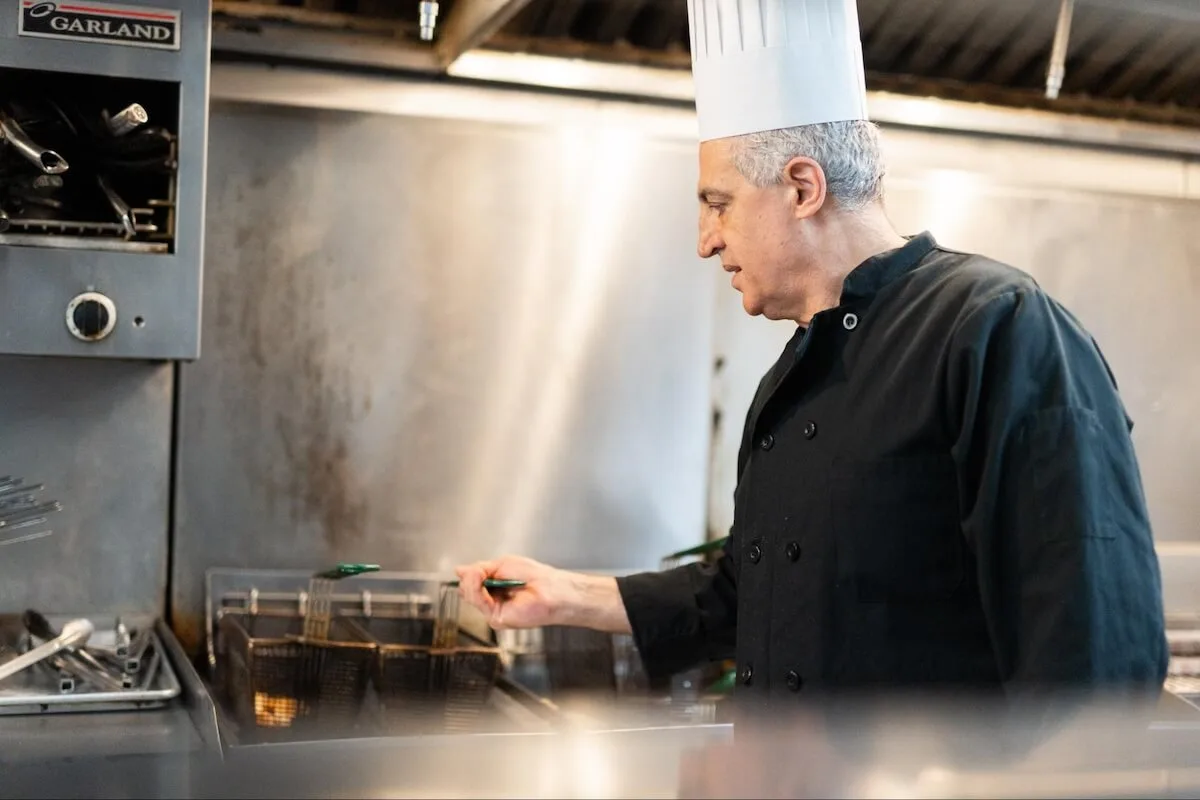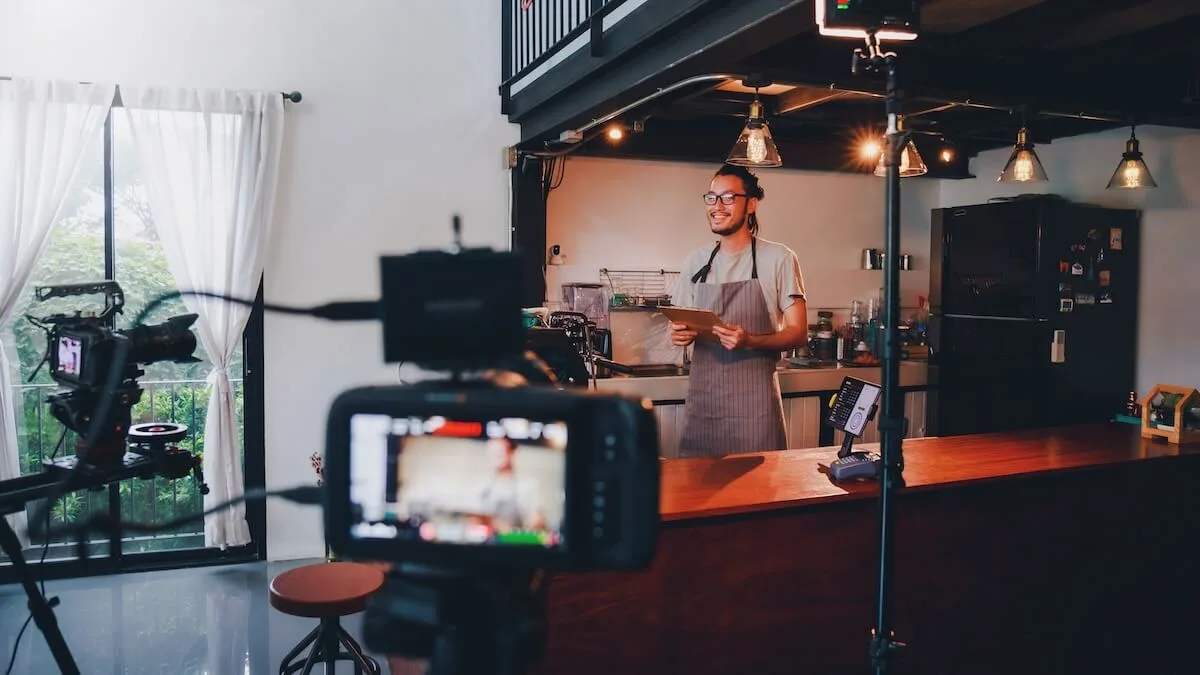8 easy ways to improve restaurant operations right now
Skip the article and turn takeaways into action by scheduling a call with our team.
Opening a restaurant is not for the faint of heart. Managing restaurant operations is like juggling—there are a lot of moving parts and you have to keep track of them all. Those experienced with restaurant management will have some muscle memory to help stay on top of everything, but for newbies it can be bewildering. From day-to-day checklists, food cost management, front-of-house management, inventory management, and so on, there’s a lot to cover.
Fortunately, it can be done. There are plenty of successful restaurants and successful restaurant owners. Knowing how to divide up the different portions of restaurant operations into manageable portions is key to mastering the restaurant business.
It all starts with having a clear plan and set goals. Running a restaurant is a team sport, and you’ll need all your employees to be on the same page and pulling in the same direction. More on that later.
Let’s get into the essential elements of strong restaurant operations and why they matter.

Why focus on restaurant operations management?
As famed New York Yankees catcher Yogi Berra said, “Baseball is 90% mental. The other half is physical.” The same can be said about running a restaurant. Restaurants need to run with a clear plan for day-to-day tasks or everything spirals into chaos. Prioritizing customer satisfaction as well as the satisfaction of your own staff can be done with a bit of foresight.
To streamline operations, you’ll want to set standards and have clear goals. These can include:
- Front-of-house operations and expectations
- Back-of-house operations and expectations
- A clear inventory management system
- A clear and standardized training system
- Standardized hiring practices
- Clear and planned marketing strategies
- Clear financial goals, based on restaurant forecasting if possible
- Standardized apps and restaurant technology
Let’s take a look at each of these elements.
Front-of-house operations

Your front-of-house (FOH) restaurant operations is the part your customer sees, e.g. the dining room; it’s your face. It includes everything from reservations to seating, food service, online ordering, and so on. The customer experience will be determined in large part by how they feel about their experience with your FOH. FOH staff members should all be on the same page when it comes to training. They should be knowledgeable about all menu items, familiar with point of sale (POS) systems, and able to help customers make informed decisions about their choices.
Helping set service standards including encouraging upselling and suggesting drinks is a must, especially for new hires. Keeping track of sales data and rewarding the server who had the highest spend per head, for example, is a great way to encourage servers to help make for the best guest experience possible while contributing to your restaurant’s success.
Back-of-house operations

Your back of house operations include everything that happens in the kitchen. All kitchen staff—chefs, line cooks, dishwashers, and everyone else must be well-trained on food safety and standardized food preparation. Streamlining back-of-house operations by continuously training staff and delegating tasks is critical to success. Usually, letting your head chef take over and avoiding micromanaging is a good start for a restaurant owner, especially when food quality remains consistent. When you’re able to trust your team, beautiful things happen.
Inventory management
Inventory management is one of the biggest factors in cutting down on unnecessary costs and shoring up the bottom line. Reducing food waste by not over-ordering and by cutting unpopular items from the menu can save a lot of money.
Practicing a first-in, first-out (FIFO) system is a good standard to live by. Food inventory should be as fresh and high quality as possible. As usual, we recommend against going the frozen route whenever possible. There are multiple kinds of inventory management software that can keep track of inventory levels to help you with this.
Hiring and training

There’s a notoriously high turnover rate in the restaurant industry. Having both a standard hiring and training process will save lots of time and money, as it costs a lot of both for each new hire. With labor costs skyrocketing, keeping quality staff is more important than ever, so having a work environment that people actually want to be in is a good move. What that looks like depends on your company culture.
Ideally, you’ll want to delegate the task of staffing and training new employees to your manager, if you have one. For FOH restaurant staff, let your FOH manager handle that. For your BOH staff, let your head chef deal with it. They’ll have a good sense of who will be a good fit on their team. If you’re wearing a lot of hats like many small restaurant owners do, look for attitude above all, followed by experience.
A good way to standardize staff training is a two-week on-the-job onboarding and training program where new servers or bartenders, for example, work closely with their managers. Daily and weekly check-ins can help answer questions and track performance.
Standardized marketing strategies

There’s no way around it—you need to have marketing plans in 2024. And for many restaurants, that means social media marketing. Planning is a must, because winging it can lead to lackluster results.
We recommend having a platform on Facebook, Instagram, TikTok, and Yelp Connect. Weekly posts can help get your restaurant—and its delicious food, of course—in front of eyeballs. Use visual media as much as possible, including photos and short videos. These can display your food, your staff at work, your ambiance, the dining experience, or anything else that makes your restaurant stand out.
Clear financial goals
Managing finances for many may be one of the hardest aspects of restaurant operations, but any restaurateur worth their salt has to know finances like the back of their hand. Learning all kinds of fun acronyms like KPIs are unavoidable in restaurant running. Having profit margins and cash flow that allow you to live well feels nice, too.
From knowing your actual food cost to your ideal food cost, setting pricing correctly, knowing your cost of goods sold, and so on, restaurateurs will have to spend significant amounts of time crunching numbers for daily operations. There’s great software that helps with bookkeeping these days, but having it in your head is still the best way to go.
Modern restaurant technology and apps

Modern restaurant technology is key to success in the current restaurant environment—one that relies more heavily on quality tech than ever before. Paper systems are becoming obsolete, and restaurants have to keep up with trends like modern POS systems, FOH management systems that make for improved operational efficiency, and more.
The “and more” part includes Yelp Guest Manager—a FOH management system that makes restaurant operations easier than ever. It fully syncs with a number of top POS systems, links up with third-party delivery services, pairs with inventory management systems, and allows for fully customizable floor plans. It makes the customer experience seamless too, with push-button reservations, accurate waitlist times, and real-time two-way communication. Best of all? It doesn’t break the bank.
Want to take it for a test drive? Reach out to us for a free demo and we’ll show you around. If you’re looking to get your restaurant operations running smoothly, there’s no better way forward.